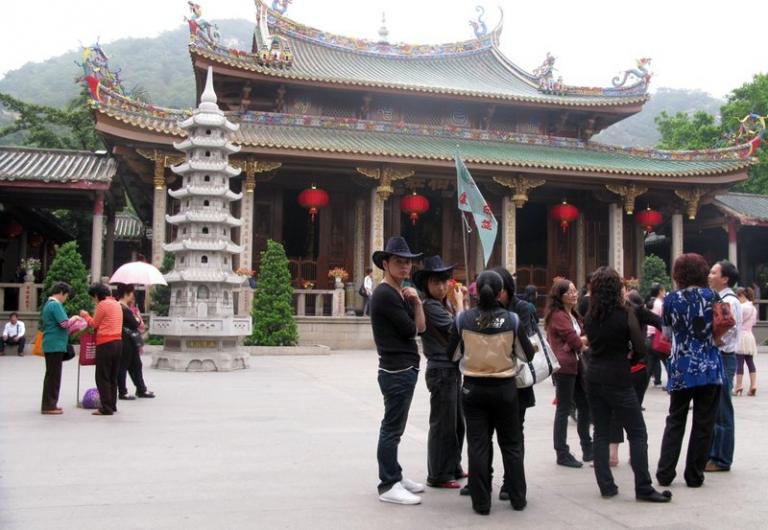Chinese Buddhism
2 min readBuddhism originated in India, and was brought to China during the last years of the Western Han Dynasty (202 BC-9 AD). As it gradually blended with Chinese culture,a new form of Chi nese Buddhism arose, quite distinct from Indian Buddhism. The difference between the two is as great as that between Catholicism and Protestantism. Indian Buddhism advocates strict asceticism, with practitioners often retreating to caves to undertake prolonged solitary meditation on the Buddhist scriptures. Even though this form of arduous self-cultivation gained quite a few adherents in China, it was so removed from the life of society that not many people really understood its doctrines.

During the seventh century AD,a Chinese Buddhist monk named Hui Neng(638-713 AD)transformed this situation. According to Hui Neng, self-cultivation isolated from the life ofsociety can never be successful. He believed that regardless of social status or employment, adherents of Buddhism could practice self-cultivation during the course of their normal work and lives. Even illiterate farmers, as long as they worked hard and fulfilled their responsibilities to the best of their ability, could achieve enlightenment.
The sect of Buddhism originated by Hui Neng is called Chan, or Zen Buddhism as it is known in the West. Zen is the most representative school of Chinese Buddhism. The term chanisa homonym of the Sanskrit word dhyana, which means deep contemplation. Zen Buddhism advocates liberation from the coils of the Buddhist teachings, and encourages free thinking and debate by its adherents as a means to knowledge. The Zen process of self-cultivation has been described as”searching for the donkey upon which one is riding.”That is, it is necessary to transcend the material plane in order to discover its true nature.

Confucianism and Daoism had a strong influence on the development of Zen Buddhism, and Zen also had an effect on the other schools of Chinese Buddhism. Although Chinese Buddhism continued to emphasize the importance of the Buddhist scriptures, it gradually combined with native Chinese Confucian and Daoist thought, and eventually became completely integrated with Chinese culture.
Baima Temple, Luoyang, Henan Province (established first century AD)








